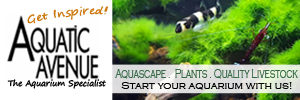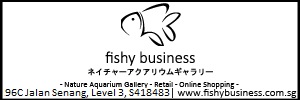Ion exchange is a vague term.
Simple zeolite or even peat can exchange ions and replace Ca, Mg and Fe with Na to "soften" water. Most complete ion-exchange systems have both anion and cation exchange resins, so they can replace both kinds of ions, replacing them with hydrogen (H+) and hydroxyl (OH-) ions that combine to form pure water (H2O). They are recharged with strong acids and strong bases. Not a job for the amateur chemist to do at home.
Deionizers can even make water that is purer than distilled, for the volatile gasses that can get into distilled water are often also eliminated.
There is no place for either deionizers or water softeners in fresh-water aquaria. They may make some sense in some reef situations, where the aquarist wants to start with a perfect blank slate when creating the salt water with blended minerals like Instant Ocean or Coralife.
RO water is as pure as is ever called for, even with rainforest fishes. It is cheaper and easier to work with without accidentally killing your fish and plants.
If the salinity is increased in a water softener, the water is often poisonous to fish and plants unless special precautions are taken to assure ample potassium is added back. Some softeners are recharged with potassium salts and cause blood electrolytes to go out of whack the other way. Blood electrolytes are even more messed up with deionized and distilled water often times. Please don't do it.
Slow flow is required for the same reasons as filtering out chloramine with carbon. Time of contact is critical and not testing is often a quick road to catastrophe. Proper testing requires a broad range of tests, too. Na, K, GH KH, pH, tds Cl and NH4 are a good starting set. Personally, I can't be bothered, so I save DI water to use in my car battery, but never in a tank.
Deionizing and chloramine filtering need to be done in a pressurized container, for effective filtration to happen. The bags you add to your tank or filter basket are, IMHO, a waste of time. They just add uncertainty to your water and are almost as likely to release nasty stuff as trap it.
The LFS owners could wring my neck for saying all this, because they get a huge markup on all this stuff. 
Wright
01 760 872-3995
805 Valley West Circle
Bishop, CA 93514 USA
Originally Posted by stormhawk













 Reply With Quote
Reply With Quote


Bookmarks